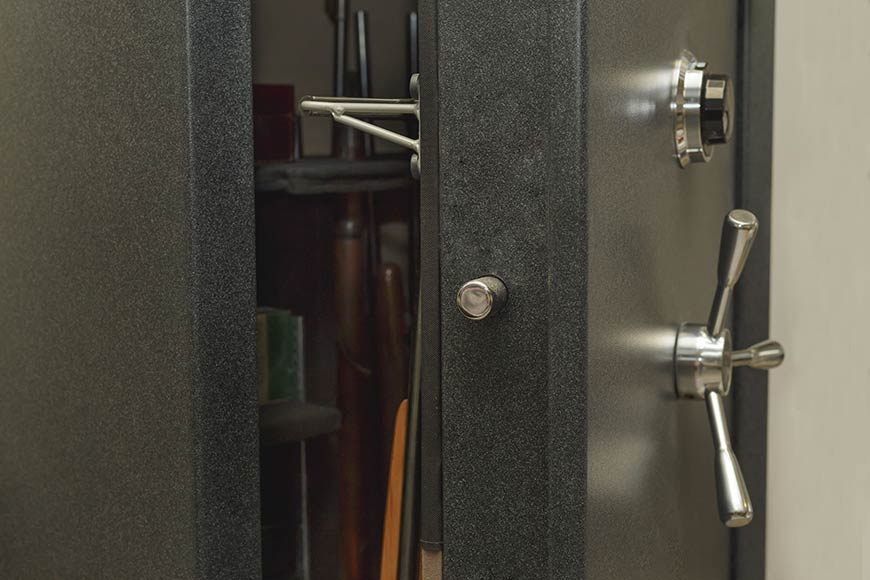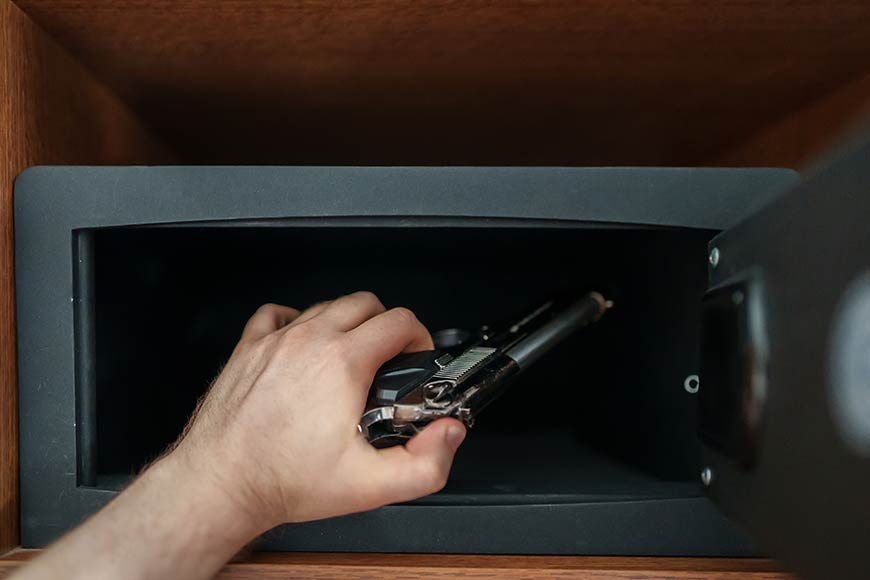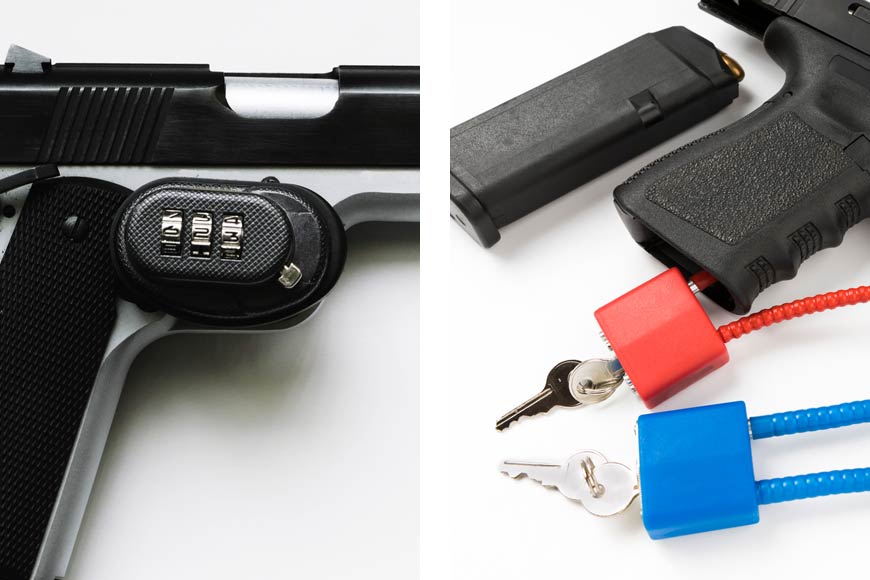Making Informed Choices: Firearm Safety & Aging
Welcome!
This brief course will help you:
- Understand how firearm safety is important for healthy aging
- Identify options you have for firearm storage or removing your firearms
- Consider what your next steps could be with your firearms
What this course will do:
- Help you identify your own personal risks related to having firearms in the home
- Help you identify actions you can take to protect yourself and your loved ones
What this course will not do:
- Force you to get rid of firearms if you do not want to
- Store your personal information or firearm-related information
- Provide biased information about firearms
- This course should take you 15-20 minutes.
- Please read every slide and watch every video.
- You might find it helpful to have a pen and notebook handy to jot down notes or questions.



